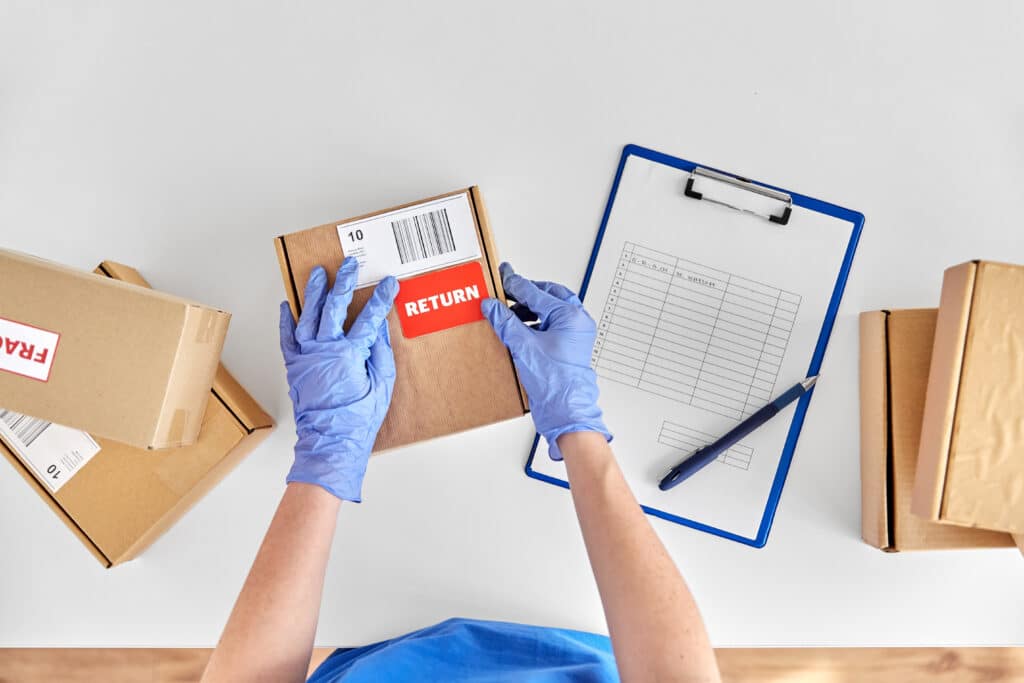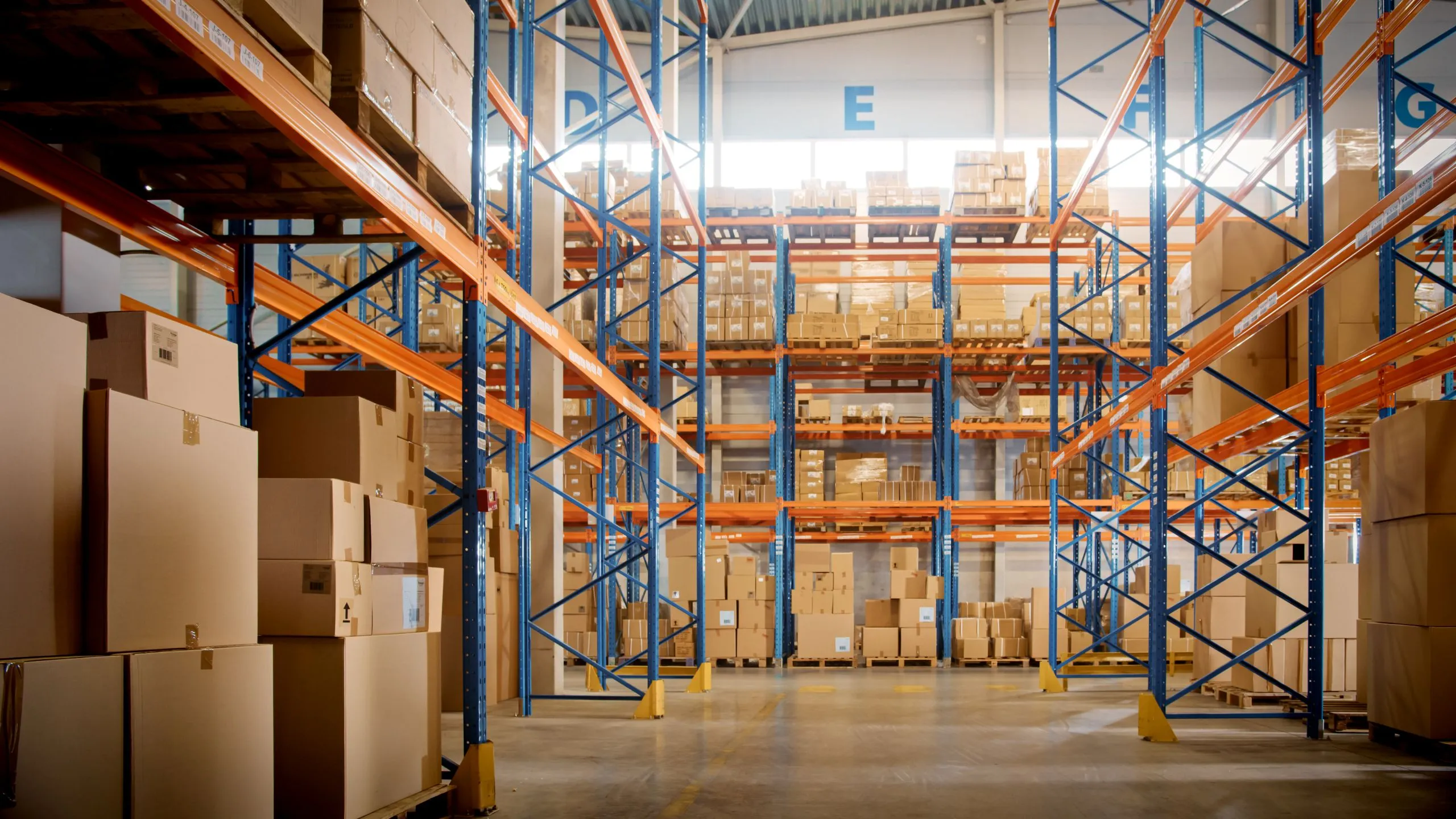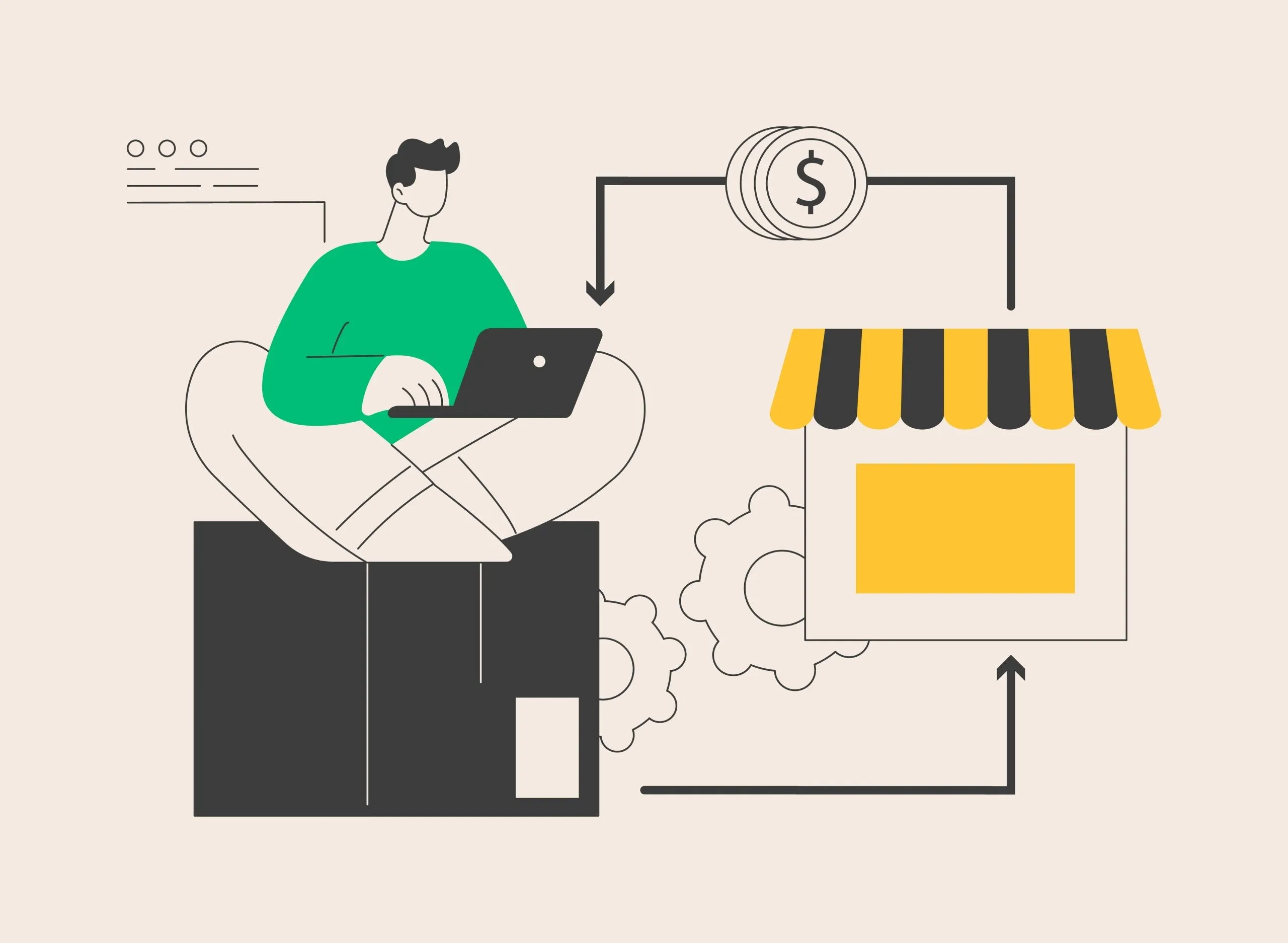Return Processes and Reasons
In e-commerce logistics operations, the return process is one of the forcing process for both sellers and customers. One of the biggest reason to prefer e-commerce is time-saving for customers, while it provides advantages like giving order from everywhere regardless of close or distance, sometimes it can be bothering for customers to spend extra time with the return. Going to cargo office for a return or waiting for the cargo by calling to their addresses, waiting for refund to the bank card or account whether the returned item reached to the seller, it can turn its advantage into a disadvantage.
From the seller’s side, it can come off some undesirable results like dissatisfying his/her customer, extra cargo cost, in some cases when the returned item comes back would not be in a re-sellable condition, affecting store performance on marketplaces.
In December 2022, in a report published by Shippo return rates based on category averagely around the world are as below. (Source) ;
| Returned Category | Return Percentage (%)[NG1] |
| Fashion | 10.01% |
| Personal Care, Cosmetics | 4.99% |
| Electronics | 8.28% |
| Health and Welness | 4.20% |
| Accessories & Jewelry | 8.31% |
| Sport & Outdoor | 6.10% |
The common aim of sellers is to meet the customers’ demands as well as to gain profit. Even customers have various reasons to return a purchased product, there is a common point in this issue. Needs are shaping around some expectations. For this reason, about the common reason of returns, we can say that not meeting the expectation. Mispaying the expectation of a customer who bought a product that was experienced only via screens is the main reason of return. This situation varies related to product category. So we will explain to you by giving examples of some categories.
Returns in Fashion
The reasons for return in the textile category may be within the scope of the right of withdrawal, as well as within the scope of the defective product arising from wear, puncture or any defect in the fabric. The returns made as part of the right of withdrawal, size mismatch is the most frequent return reason. Even sometimes customers cannot deduct which size will fit them, in the name of selecting which size fits their body they can order the same product’s several variations. Selecting the fit one and returning the rest will increase also the amount of return. In baby clothing products because of size, the return can be a subject as well. To the babies who are in the span of growing every may not fit of every brands’ every pattern both up-under wear and shoes, socks etc.
One of the most important factor that persuades your customers to buy is visual contents. An observable difference between the videos and photographs you used and the sent products, is a factor that increases returns. For some fashion groups, based upon hygiene, returns may not be accepted. Swimsuits, briefs, underwear categories are instances of that. However, you should watch out for that subject; rejecting the return does not refer that your customer is satisfied with the product. If you want to create your brand perception positively, you ought to pay regard to customer expectations.
The high return rate in fashion category should be followed very closely for retailers and think about the alternative to reduce return rates. Because as return rates increase, the cost it created will increase as the same rate. Profitability rates affected by the commissions paid in the marketplaces, return shipping costs, and in some cases, the loss of the product’s resaleable feature create another risk for profitability. In addition to these, the fact that the marketplaces reduce the seller’s score with returns will throw the sellers back in the competitive environment.
Returns in Cosmetics
One of the fewest returned product category is cosmetics products. A cosmetics products return that’s gelatin seal opened, guard band is taken off will not be accepted. In these cases, either the item resend to customers or be wiped out. To return this product group, your customer shouldn’t take off packing and guards. In the return reasons of cosmetics product category are like; returns sourced by late cancellation, allergic side effects or damaged products package, unoriginality take place as the main reasons.
Return of Electronic Products
In electronic product categories, the process is a little bit different, because this category is divided into two types as big and small. In this category, there are products that are not accepted for return due to hygiene or status reasons. For example; In-ear bluetooth headphones are examples of product groups that are not accepted for return due to hygiene reasons, a mobile phone whose screen protection band has been removed will become second hand. Big electronic products are mostly returned by virtue of defective, lack of unit and broken, etc. In the fulfillment of these products 2 men handling will be executed and owing to the high volume, the delivery prices are high too. The same delivery cost will be met when its return is taken back.
How can we increase the productivity in return processes?
Obtaining productivity in every step of e-commerce warehouse operations is possible. By collaborating with correct partner, guided truly, you can obtain undesirable processes like returns. While this is optimizing your performance general meaning, also increase your customer satisfaction. Enter rapidly from where you start the business.
- Request reports about your return reasons periodically: From marketplaces, you can learn many details about your returns, however, if you sell from webshop without communicating with your customers about return reasons you will get limited information. Therefore, in 3rd party logistics companies, some solutions will be presented that will provide you information about return reasons from the customers. For example, by putting a return form into the order package you can learn what your customers complain about. By evaluating given responses to the forms weekly or monthly, you can make required corrections. This will provide to reduce return rates and increase customer satisfaction.
- Set a standartized process for products that can back to stock: We mentioned that categories may have specific return processes. In dependent of in which category you sell, if you want to fertilize your return process, you need to standardize the process more with the warehouse team. For instance, if you sell sun cream, an opened-gelatin product, you can set a standard procedure like “Send it back to customer” however if the return reason is allergic “Wipeout” If your operation is too new yet, you can demand for support from your warehouse partner to lead you. By observations of similar operations, they will guide you in maturing the processes. In spite of that in some certain product categories returns are not accepted, customer satisfaction is your biggest proceed. Even creating a standard process in the issue of return increases fertility, approaching flexible for some exemptions is important.
Cargo Company Compensation Processes
If the returned products came to the warehouse as damaged, if there is any damage sourced by the delivery company, the seller has the right for indemnification, in other words, amend for harm about that. Product may be lost, be harmed during delivery.
Dive into details a bit; Begin with handling lost order which is one of the reason belongs to the compensation process. An order that is shipped from warehouse may be lost in the cargo delivery center or in the delivery process. This case occurs when a customer communicates with the seller whose order is not delivered or despite the overpassed delivery time, the order is still not delivered. Hence, in this case, the seller can start an compensation process for lost order against the cargo company. Here, it is aimed at covering the loss sourced from cargo. Of course, in this span without aggrieving the buyer, his/her trouble will be solved however discussion process between the seller and cargo company will continue. The delivery company will pay the seller the whole or a part of the product cost related to the product’s cost. This budget varies according to product categories.
Sometimes product may not be lost totally however a unit belonging to products or in bulk purchases lack delivery may be done. This case is called as “lack product delivery” and customer create a request to seller about the topic. In this case, with regarding detailed information taken from the customer, a research process begin. If the product has a closed package and a unit is missing inside the package, then this may be a failure sourced by the manufacturer. If more than 1 product is bought or more amount is missing, then the cargo and warehouse packing process should be controlled. The parcel amount shipped from the warehouse, delivered parcel amount to the customer, packing records are important information sources to solve these processes. On the other hand, if a product delivered to the customer comes to the warehouse lack and the seller proves that the right for unaccepting the return will originate.
If the customer realizes damage on the delivered product, taking the cargo statement down will be in favor of him/her. If cargo statement is not taken, generally its compensation will not be completed however there would be some exceptional cases. When the cargo company faces with a damage determination sourced from themselves (harming the product’s package etc), they will complete reimbursement of compensation to the seller.
After packing the orders, before delivery, the cargo label is printed and handed over to the related delivery company. Due to wrong printing of this cargo labels, cross delivery problem may occur, namely 2 different customers’ orders being delivered to each other. Redeliver these products from customers and should deliver the correct orders. If the shopping channel allows for exchange, it will change with the correct product. If there is only return right, the shopping process begins all over. In cross-delivery, after the product arrives at the warehouse it will be controlled whether lack else damaged or not. Unless there is any problem, it will be restocked however in case of a problem, it will be searched if it is caused by the customer or by the cargo company.
Wwe mentioned the topic of standardization of return processes, in occasion to face with possible damage, standardizing of inform from the warehouse for compensation is significant. Controlling the situation of your product by warehouse worker after coming back from return, if the product arrived lack or faulty, notifying you about that topic is important. Executing the process productively begins with a good follow-up. Being productive of your compensation process is as important as your return process’ do in terms of your profitability. The warehouse notifies you about the damage, faulty etc sourced by the deliverer or supports you to detecting this one caused by the customer. So you can decide how you will take the action on this topic.
By fiCommerce’s strong logistics infrastructure manage your return and indemnification processes easily!
As fiCommerce, we are here to satisfy our customers and manage your hard processes easily in e-commerce world. Either only sell from marketplaces or both from marketplace and from your website, you can get information about our services and manage your return and indemnification processes with us smoothly. If you want to get information about our end-to-end solutions, you can contact us, with our expert team responding all kind of your questions, we are here!




